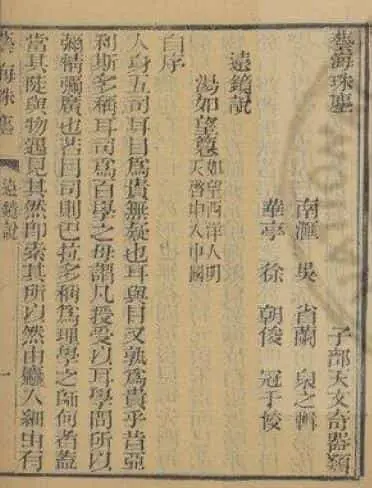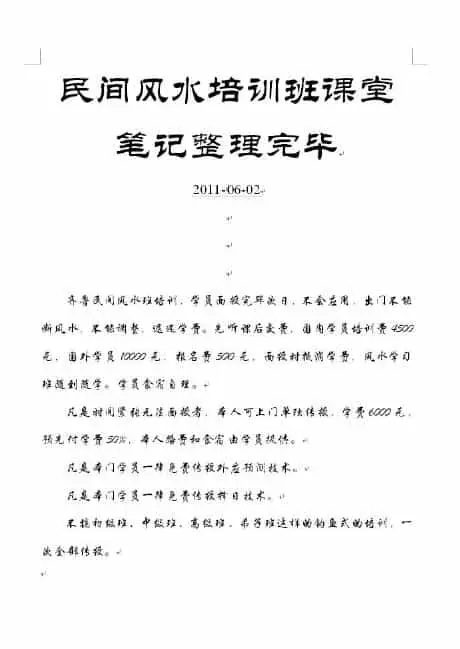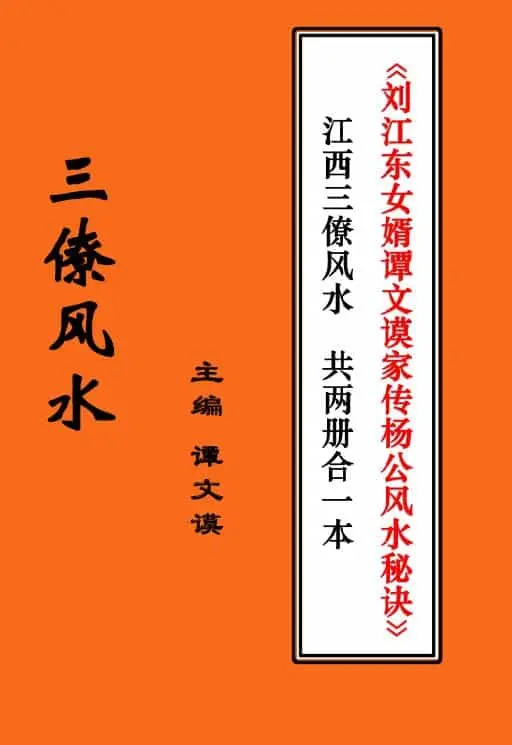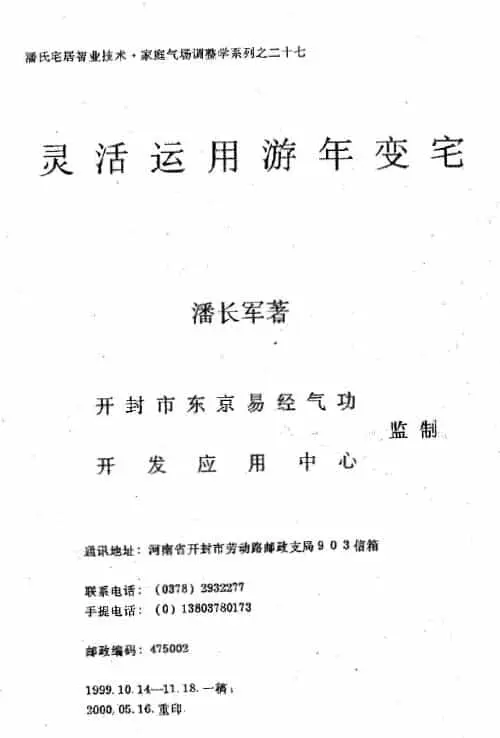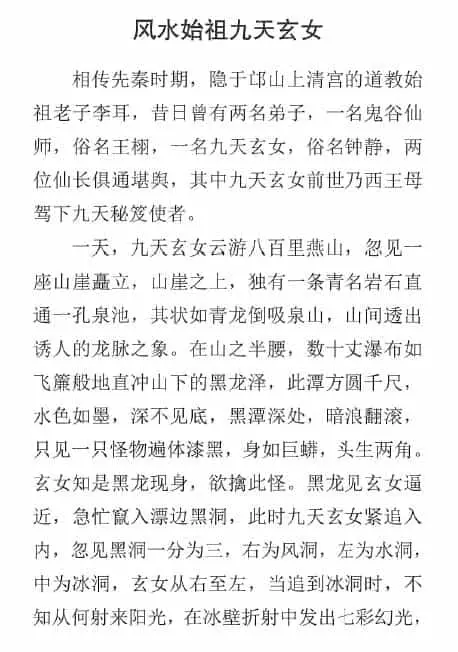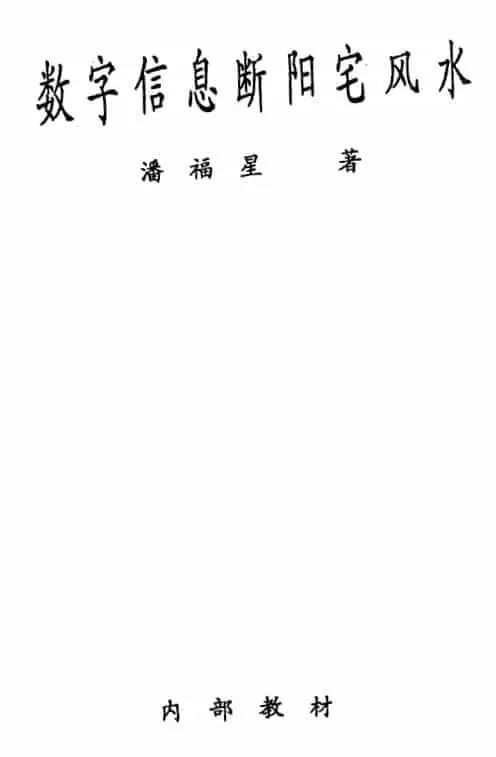The Five Elements World: Analysis of Fengshui in the Yin House
Share the PDF version of the first and second volumes of Zou Guolin’s “Feng Shui Analysis of Yin Houses”. High-definition, the website pictures are compressed so they are a bit blurry. Part of the content Chapter 1 Basic knowledge Section 1 Fengshui overview Yin and Zhou lived next to water, and there was a rudimentary form of Fengshui, which was recorded in “Shangshu. Pan Geng”, but it was different from modern Fengshui. The Qin and Han Dynasties began to put forward the concept of earth veins, during this period
Share the PDF electronic version of the first and second volumes of Zou Guolin’s “Feng Shui Analysis of Yin Houses”. High-definition, the website pictures are compressed so they are a bit blurry.
Part of the content
Chapter 1 Basic Knowledge Section 1 Overview of Fengshui Yin and Zhou lived next to water, and there was a prototype of Fengshui, which was recorded in “Shangshu. Pangeng”, but it was different from modern Fengshui. The Qin and Han Dynasties began to propose the concept of earth veins. During this period, there was no distinction between Fengshui and numerology, and each had its own emphasis. The famous ones include Guan chrome, Xiangjia Xu negative, etc., hopeful qi, smelling incense, etc. Among them, Qingwuzi is good at divination and burial, so Later generations also called Fengshui “Qingwushu”. The classics include “Qingwuzi”, “Funeral Book”, “Ganyu Golden Chamber”, “Didian”, “Geography of Palaces and Houses”, “Geography Enlightenment” and other books. It developed in the Wei and Jin Dynasties, and the famous figure was Guo Pu. According to legend, he surveyed Wenzhou City and wrote the “Funeral Sutra”. During the Sui, Tang and Five Dynasties, Fengshui entered a period of development. Famous Fengshui masters: Xiao Ji, Zhang Bai, Lu Cai, Li Chunfeng, Yuan Tiangang, Qiu Yanhan, Zen Master Yixing, Sima Toutuo, Yang Junsong, Wan Bochao, He Lingtong, etc. They are top figures in a certain field, and most of them are not full-time Fengshui masters. For example, Zen Master Nhat Hanh is a famous mathematician, Li Chunfeng, Yuan Tiangang is an astronomer Ren Taishiling, and Yang Junsong is a geographer Lingtai Shi and Doctor Guanglu. Lu Cai proposed the marriage theory, and Sima Toutuo proposed the water law. According to legend, Qiu Yanhan presented the heavenly book, and Yang Junsong, who predicted the great chaos in the world and Huangchao’s rebellion, was taboo, so he stole the book. His disciples were Zeng Wenxuan, Liao Jinjing, Zeng Qiuji, Liu Jiangdong, Hu Aixian, Huang Miaoying, etc. Because Yang Junsong brought Fengshui from the court to the people, he was honored as the ancestor of Fengshui by later generations, known as Yang Gong and Yang Xian. Another way of saying is that Nine Heavens Xuannv passed on the heavenly scriptures to Huang Shigong, Zhang Liang, Qing Wuzi, Guo Pu, Qiu Yanhan, and Yang Junsong. Lai Wenjun, Wu Jingluan, Li Bozhao, Chen Ji, and Liu Bowen of the Song and Ming dynasties all respected Yang Junsong as their teacher. “Boshan Chapter” by Huang Miaoying, “Reminding Officials” by Lai Wenjun, “Li Qi Xin Yin” by Wu Jinluan, “Geography Hooking Yuan” by Li Bozhao, “A Grain of Geography” by Zeng Qiuji and Liu Jiangdong, etc. They are all classics and have important guiding significance for practical operation. “Five Elements World” believes that in the Song and Ming Dynasties, Fengshui was already very complete, and there were no sects at that time. “Shaking the Dragon”, “Suspecting Dragon” and “Twelve Downward Battles” written by Yang Gong are classics among the classics! Most of the above works are about the situation and operation of Luantou, only Wu Jinluan’s “Li Qi Xin Yin” combines Li Qi with Luan Tou.
Some screenshots
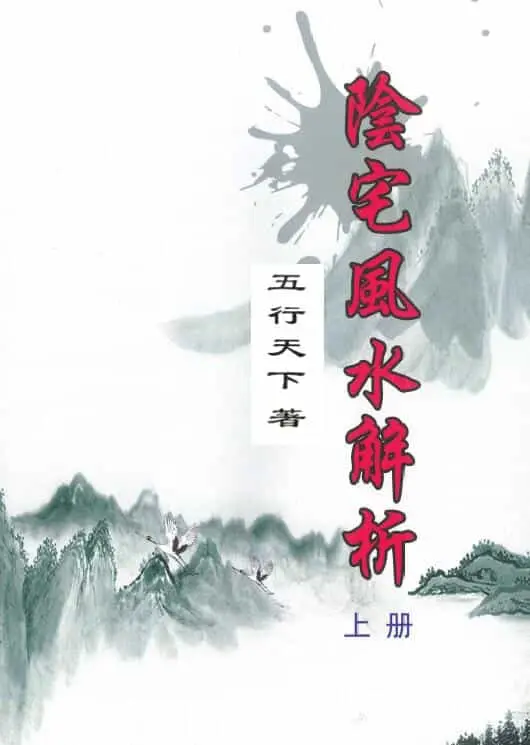
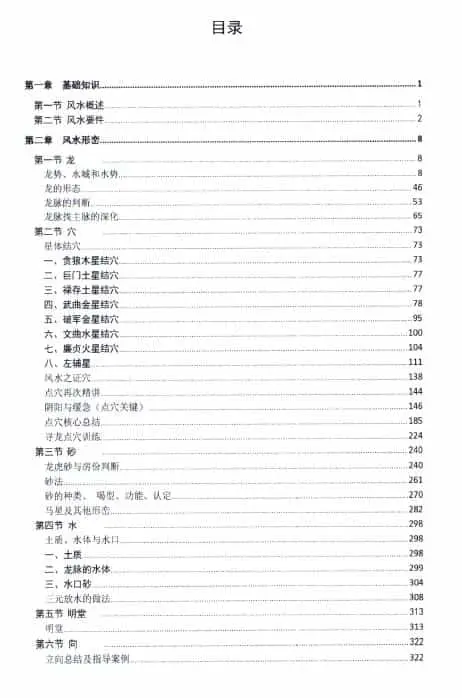
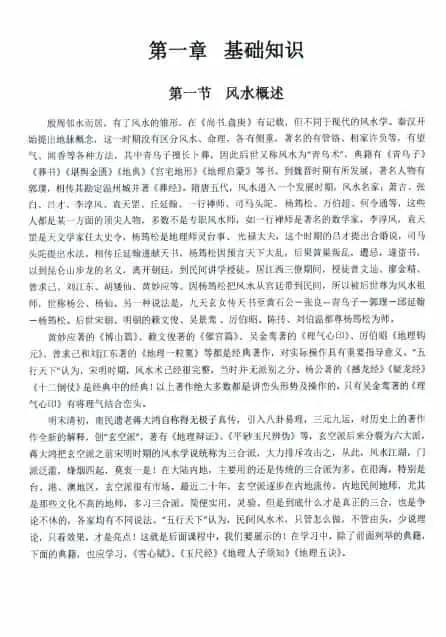
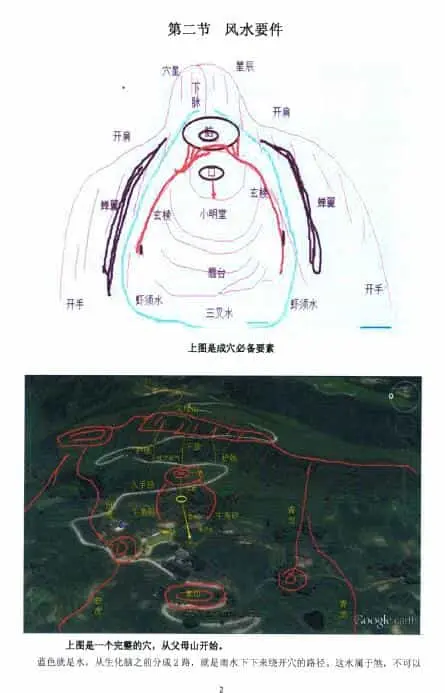

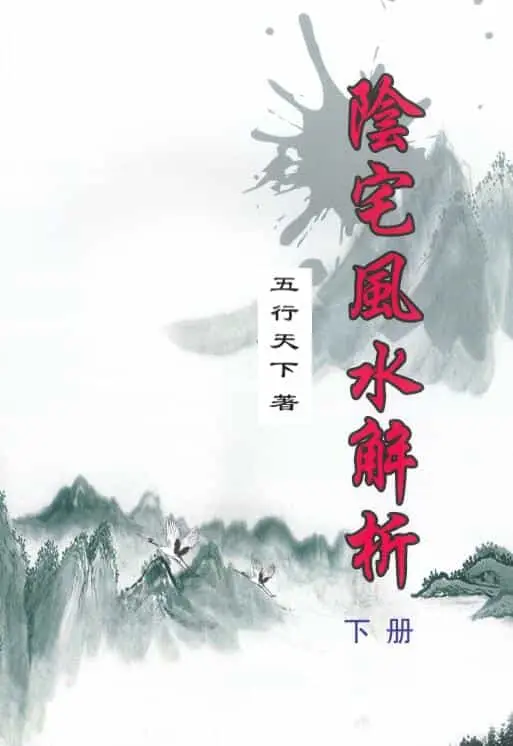
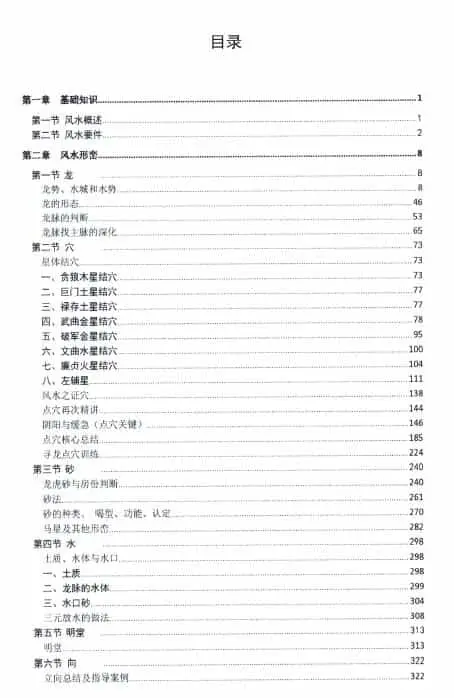
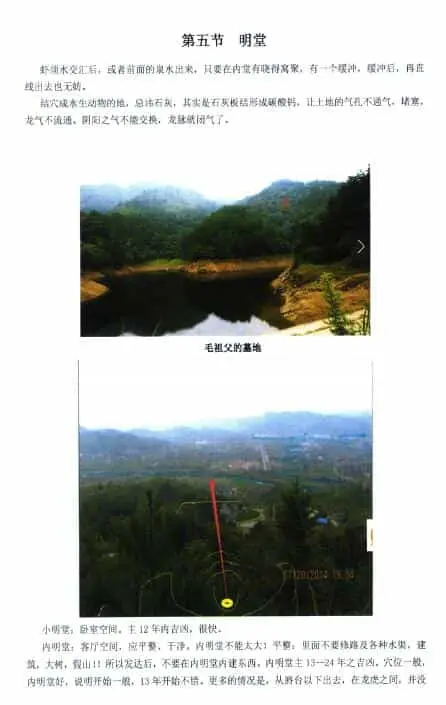
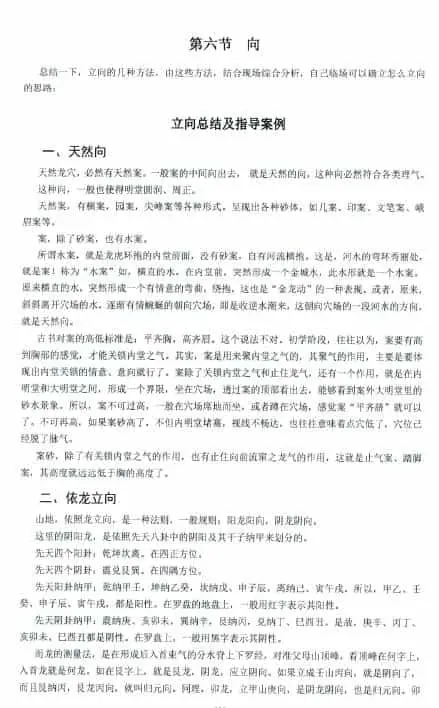

BOOK INFO:
- Publication Date: 未知
- Language: 中文
- Identifier: 内部视频
- Total Pages: 1
- File Type: PDF
Download Link:
Payment Method:
1、Open Tittle
2、Click to Pay New
3、Click on the material you want to buy
4、Click on "Payment Methods"
5、Click on the material you want to buy
6、Choose from one of your existing payment methods or add a new one
7、Complete purchase
NOTE: If you add a payment method when making a purchase, it will be saved in your account.

